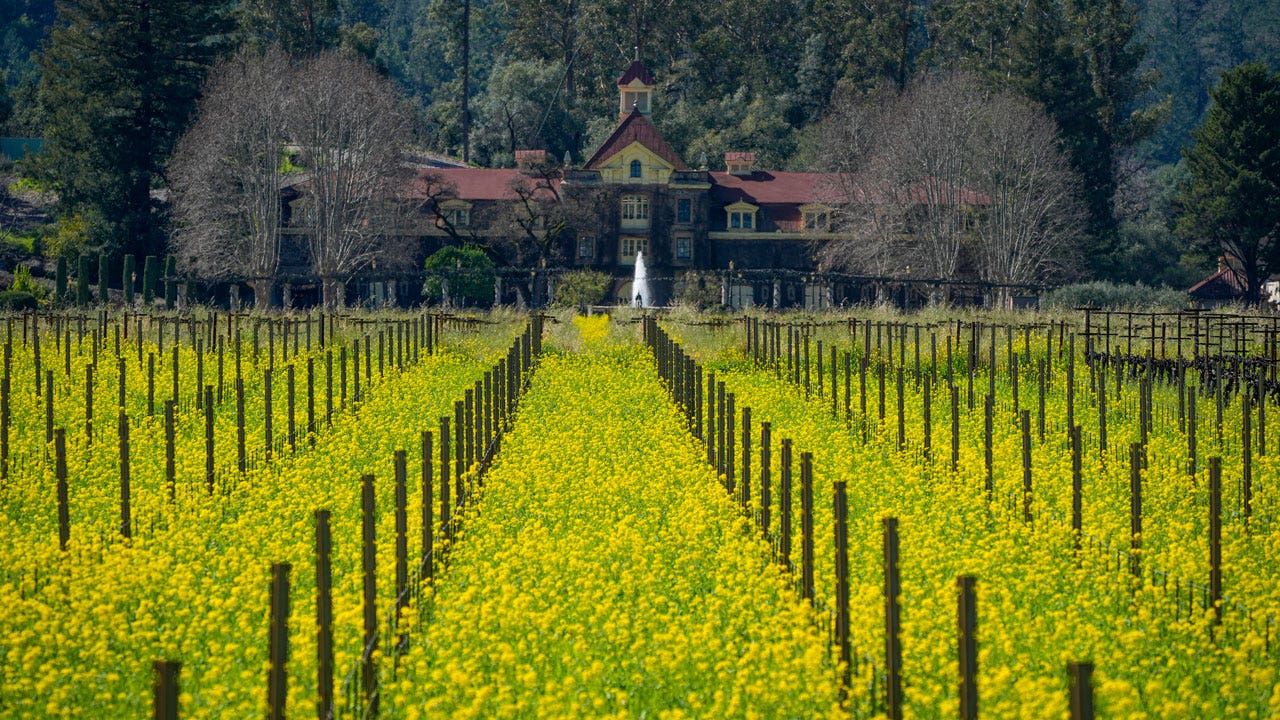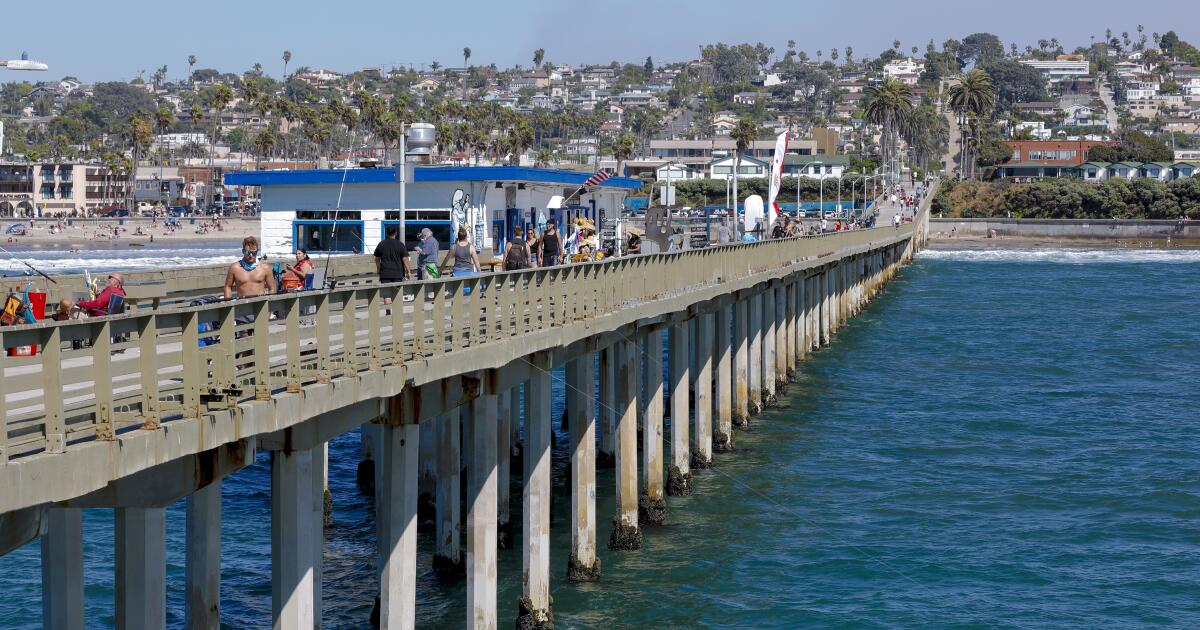Bright mustard yellow and gold is blanketing Northern California wine country, signaling the start of spring and the celebration of all spicy and mustardy flavors.
Mustard is not only pretty to look at. The plants, which bloom through March, are working hard to protect world-famous vineyards in Napa and Sonoma counties.
Mustard contains high levels of biofumigants, which suppress the growth of microscopic worms that can damage vines, according to the Sonoma County tourism website. It also provides nutrients to emerging grape plants and keeps hillside soil in place to help combat erosion.
SUNNY SOUTH CAROLINA SAUCE BRIGHTENS THE BBQ WITH A GOLDEN MUSTARD GLOW
However, not everyone is a fan of mustard.
The plants, which are not native to California, grow so well and so aggressively that they suffocate native flora such as blue lupines and poppies. Some in the state are uprooting mustard plants and turning them into paper, dyes, pesto and, of course, mustard, the condiment.
A field of vineyards is full of mustard at Inglenook Winery in Rutherford, California, on Wednesday, February 28. (AP Photo/Eric Risberg)
Additionally, as temperatures rise, mustard begins to die, making it more conducive to wildfires in a state that has been devastated by flames. Their stems can act as fire ladders, causing flames to climb.
“They're these non-native species that are invasive in nature, invading wild lands and actually having a detrimental effect on wild ecosystems,” said Naomi Fraga, director of conservation programs at the California Botanical Garden.
Winemakers have made the mustard plant work for them, said Megan Kathleen Bartlett, assistant professor of plant biology in the department of viticulture and enology at the University of California, Davis.
CLICK HERE TO GET THE FOX NEWS APP
“Mustard compounds are a natural deterrent to nematodes and taproots can help break up clay soils,” he said in an email. “Cutting it every year also helps prevent it from becoming too invasive.”
Restaurants and wineries offer dishes and tastings to celebrate the season with artisanal mustards, mustard greens, mustard glazes and mustard sauce.












